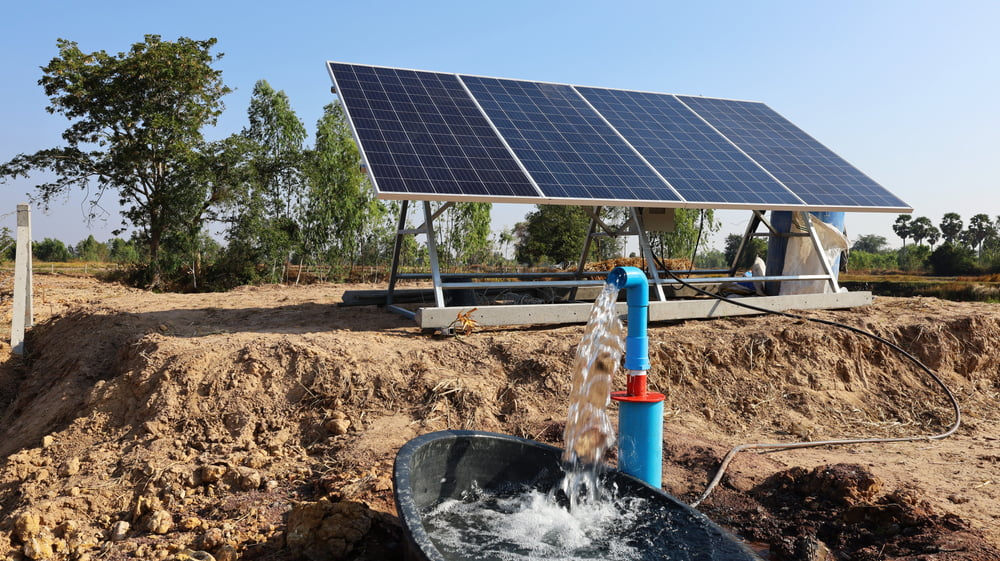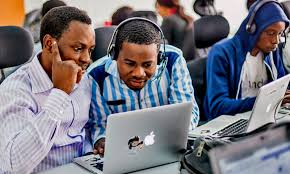How Renewable Energy is Powering Developing Nations
Access to electricity is something many take for granted—but in large parts of the world, it’s still a daily challenge. In rural villages, health clinics, and schools across developing nations, the lights don’t always come on. But that’s starting to change—thanks to renewable energy.
Today, solar panels, wind turbines, and mini-grids are transforming the way communities generate and use power—cleanly, affordably, and independently.
The Power Gap: A Global Challenge
Over 700 million people around the world still live without reliable access to electricity, according to the International Energy Agency. Many are in Sub-Saharan Africa, South Asia, and parts of Southeast Asia.
Without electricity:
-
Children study by candlelight.
-
Clinics struggle to refrigerate vaccines.
-
Businesses can’t run after dark.
-
Families rely on harmful kerosene or charcoal for cooking and light.
Bridging this energy gap is essential for health, education, and economic growth.
Solar Energy: Lighting Up Lives
Solar power is at the forefront of the renewable energy movement in developing regions. With abundant sunlight and falling solar panel prices, many communities now install rooftop panels or connect to off-grid solar systems that provide power without needing connection to a central grid.
In Kenya, companies like M-KOPA offer pay-as-you-go solar systems, allowing families to power lights, charge phones, and run small appliances with affordable daily payments. Similar projects are lighting homes in India, Nepal, and beyond.
Mini-Grids and Micro Solutions
In areas where full-scale grids are impractical, mini-grids—small, localized networks powered by solar, wind, or hydro—are proving highly effective. These decentralized solutions can power entire villages, including schools, pumps, and shops.
They also build community resilience, allowing energy independence and faster recovery after storms or disasters.
Beyond Electricity: Creating Opportunity
Access to clean energy goes beyond turning on a lightbulb. It drives economic growth. Farmers use solar-powered irrigation to grow crops year-round. Entrepreneurs run internet cafés, tailoring shops, and phone charging stations.
In short, renewable energy opens doors—to jobs, education, and self-reliance.
Climate-Friendly Development
Perhaps most important in the long term, renewable energy helps developing countries leapfrog fossil fuels. Instead of building coal plants or diesel generators, many are adopting clean power from the start.
This is crucial in the fight against climate change, as energy demand continues to grow globally.
Challenges That Remain
While progress is real, there are still barriers:
-
Upfront costs can be high for poorer communities without financing support.
-
Technical expertise and maintenance are sometimes lacking in remote areas.
-
Policy and regulation need to keep pace to support innovation and scale.
Global cooperation, funding, and training are key to ensuring long-term success.
A Brighter, Cleaner Future
Renewable energy isn’t just a tool for environmentalists—it’s a lifeline for millions. For developing nations, it offers a path to cleaner air, greater independence, and stronger communities.
And as technology improves, costs fall, and awareness spreads, the clean energy revolution is just beginning.
Author Name
(West Africa — )
Let me know when you're ready for Blog Post #13: The Rise of Sustainable Fashion in 2025, or if you'd like to make any updates to this one!









